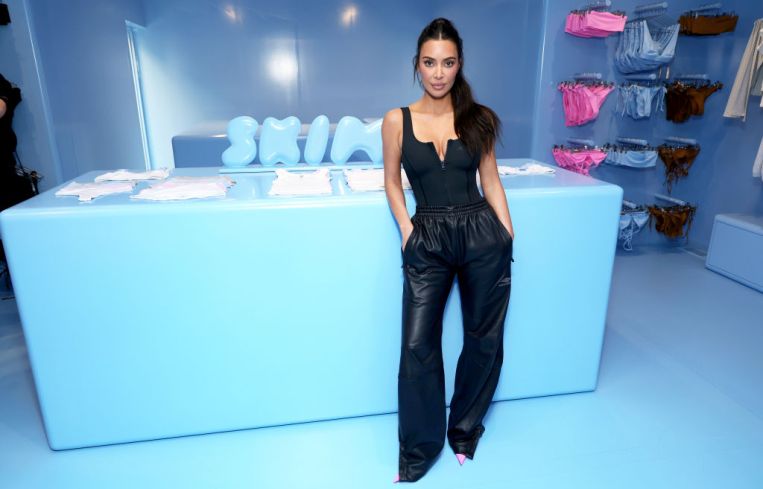Celebrity Retail Brands Expand Brick-And-Mortar Footprint, Especially in Malls
By Abigail Nehring August 21, 2023 12:32 pm
reprints
Retail brands backed by celebrities are edging their way into American shopping malls after flourishing online over the past decade.
The once-niche sector now accounts for more than 300,000 square feet of retail space nationally, according to a new report by JLL. And they could be a boon for malls and shopping centers, which are emerging as the popular property type for celebrity brands turned brick and mortar but are still struggling to fill space. Class A mall vacancy still hovers above overall retail vacancy in the country, at 5.9 percent versus the 4.2 percent sector-wide, but malls now account for 76 percent of celebrity retail stores, JLL found.
“This is not a new phenomenon, but it has accelerated over the past 10 years,” said Richard Hodos, vice chairman of retail brokerage at JLL.
And no one can promote like a celebrity, Hodos said.
“If you said ‘Goop’ to the average millennial or Gen Xer, they would immediately say Gwyneth Paltrow,” he added.
Hodos has brokered New York deals for such early adopters as Sean “Diddy” Combs, who opened Sean John at 475 Fifth Avenue more than a decade ago. The brand had a “good run,” Hodos said, but its star burned too bright and the store shuttered in 2010.
By comparison, Kim Kardashian’s apparel brand, Skims, exceeded all expectations this summer after opening a pop-up store at Rockefeller Center in May, Hodos said.
But Hodos cautioned that the fickle nature of celebrity could mean mall owners should not peg too much hope on star-powered brands.
“These things have a life cycle,” Hodos said. “Does it mean it will continue to be successful over the course of a 15-year lease? Customer acquisition costs for digitally native brands are extraordinarily high.”
More than half of celebrity-backed retail brands today are in the beauty sector, contributing to the consistent growth of the beauty industry in recent years.
Prestige beauty sales are up 16 percent compared to the same time last year, reaching $6.6 billion dollars in the first quarter of 2023, according to Circana’s most recent market report.
The launch of Kylie Jenner’s Kylie Cosmetics in 2015 demonstrated the beauty industry’s potential, due in part to low barriers to entry. The brand has since cashed in on half of its equity in a deal with Coty, which valued the business at $1.2 billion.
The debut of Rihanna’s Fenty Beauty in 2017 also marked a turning point, proving the market potential of the emphasis on inclusivity and an expansive range of shades in cosmetic products, according to the JLL report.
Celebrities with their own retail brands now command an audience of more than 7 billion followers on Instagram alone, and the trend has not yet reached a plateau, according to the JLL report. American consumers, driven by Gen Z’s increasing spending power, are more likely than ever to spend on retail brands launched by celebrities they follow on social media.
The acceleration of e-commerce will continue in the near future. Business consulting firm Accenture predicts social commerce will reach $1.2 trillion in sales worldwide by 2025, with the U.S. accounting for nearly $80 billion.
Celebrity brands lie at the intersection of social media, influencer culture and e-commerce, Hodos said.
“In 2016 everybody said the stores are dying,” Hodos said. “Well, the stores have proven to be more relevant than people thought.”


